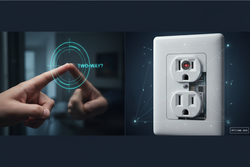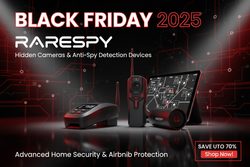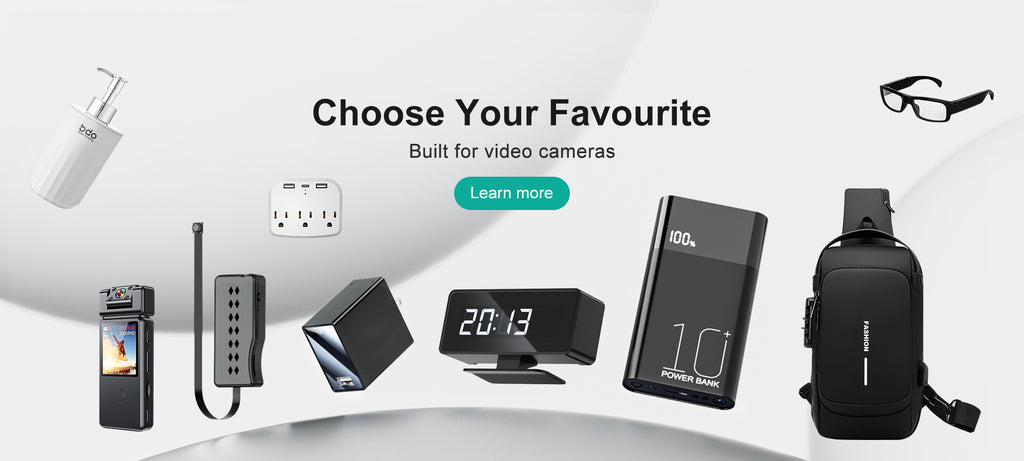Beyond the Movies: How AI Is Turning "Spy Cameras" Into an Invisible Threat
The Dangerous Intersection: AI and Spy Cameras
When you hear the term spy camera, your mind probably goes to a James Bond film or a thrilling spy flick. You might picture a tiny lens hidden in a pen or a button, used for covert operations. But with the rise of AI (Artificial Intelligence), these small devices are no longer just passive recording tools. When a spy camera meets powerful AI technology, its capabilities—and potential for misuse—change dramatically.
You might be asking yourself, "How does AI relate to spy cameras?" The answer lies in AI-driven image recognition. Traditional spy cameras produce raw video footage that requires a person to manually review it for hours on end. Today, however, AI can analyze video streams in real-time, identifying specific objects, faces, behaviors, and even emotions. This means a seemingly harmless smoke detector, electrical outlet, or USB charger with a tiny camera and built-in AI is no longer a simple surveillance device. It's an intelligent sensor that can "understand" and analyze your actions.
Smarter, More Subtle Surveillance
In the past, the misuse of spy cameras primarily focused on privacy invasion, such as hidden cameras in hotel rooms or changing rooms. However, with AI, the scope of their application becomes broader and harder to detect:
-
Behavioral Analysis: In a retail environment, AI-powered cameras can analyze customer traffic patterns, dwell time at specific products, or even their facial expressions at checkout to optimize store layouts and marketing strategies.
-
Security Monitoring: In high-security areas, these cameras can automatically detect unusual behavior, like someone lingering in a restricted zone or a suspicious package being left behind, and instantly alert security.
-
Facial Recognition: More advanced systems can cross-reference faces captured on video with a database to identify individuals.
While these applications aren't inherently bad, when used maliciously, they can pose a massive threat to privacy. Imagine every one of your movements being silently recorded, analyzed, and used to build a comprehensive "digital profile" of you.
How to Protect Yourself: Practical Steps
Given this pervasive threat, what can you do to protect yourself?
-
Stay Aware: When entering an unfamiliar place like a hotel or an Airbnb, take a few minutes to scan for suspicious objects. Pay attention to smoke detectors, clocks, power outlets, or small ornaments that are in odd positions.
-
Use Detection Tools: There are various anti-spyware detectors on the market that can scan for specific wireless signals, helping you find a suspicious broadcasting source.
-
Use Your Phone's Camera: In a dark room, turn on your smartphone's camera (be aware some phones' IR filters might affect this) and slowly scan the room's corners. Many hidden cameras emit a faint reflection that your phone's sensor can pick up.
-
Choose Reputable Services: Stick to well-known and highly-rated hotels or booking platforms. While this doesn't guarantee your safety, it significantly lowers your risk.
The development of AI is unstoppable, and it brings convenience along with new challenges. A spy camera combined with AI is no longer just a gadget; it's an intelligent surveillance tool. As consumers, it's crucial to not only enjoy the benefits of technology but also to sharpen our awareness of personal security and privacy.










